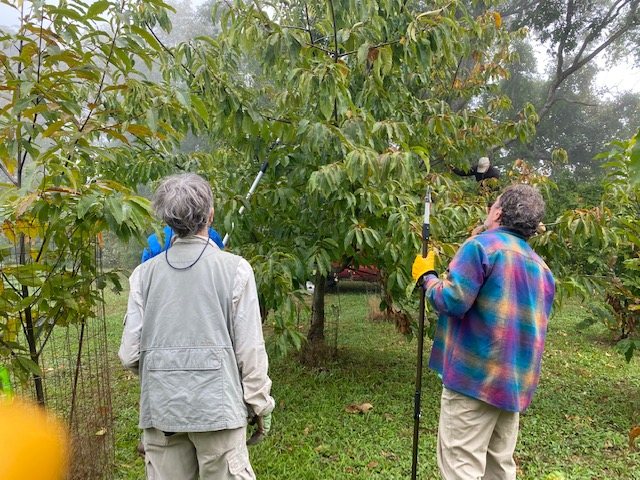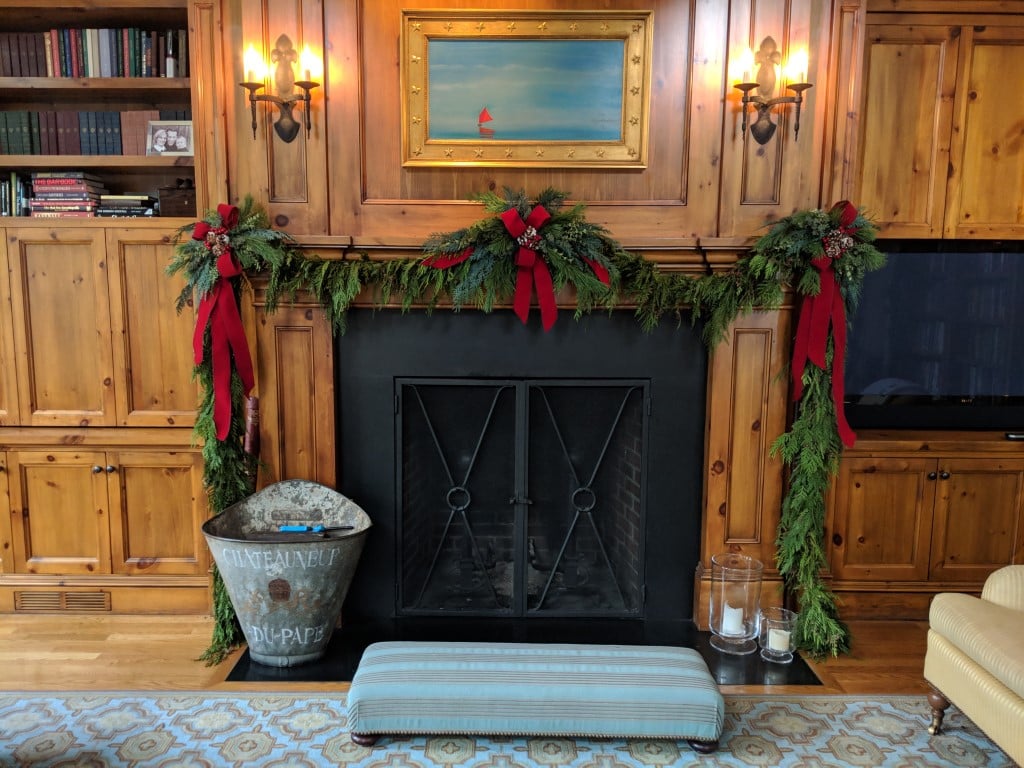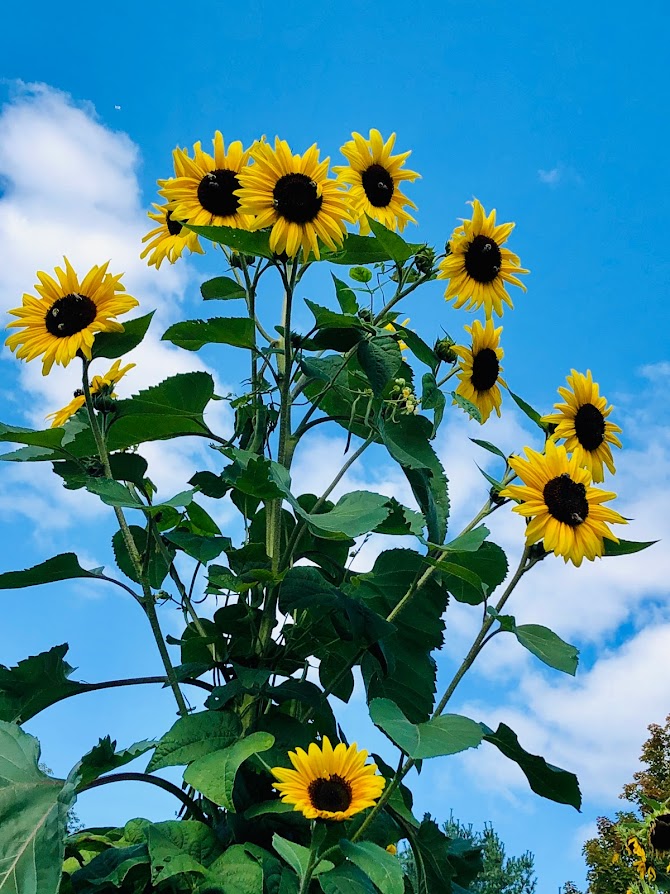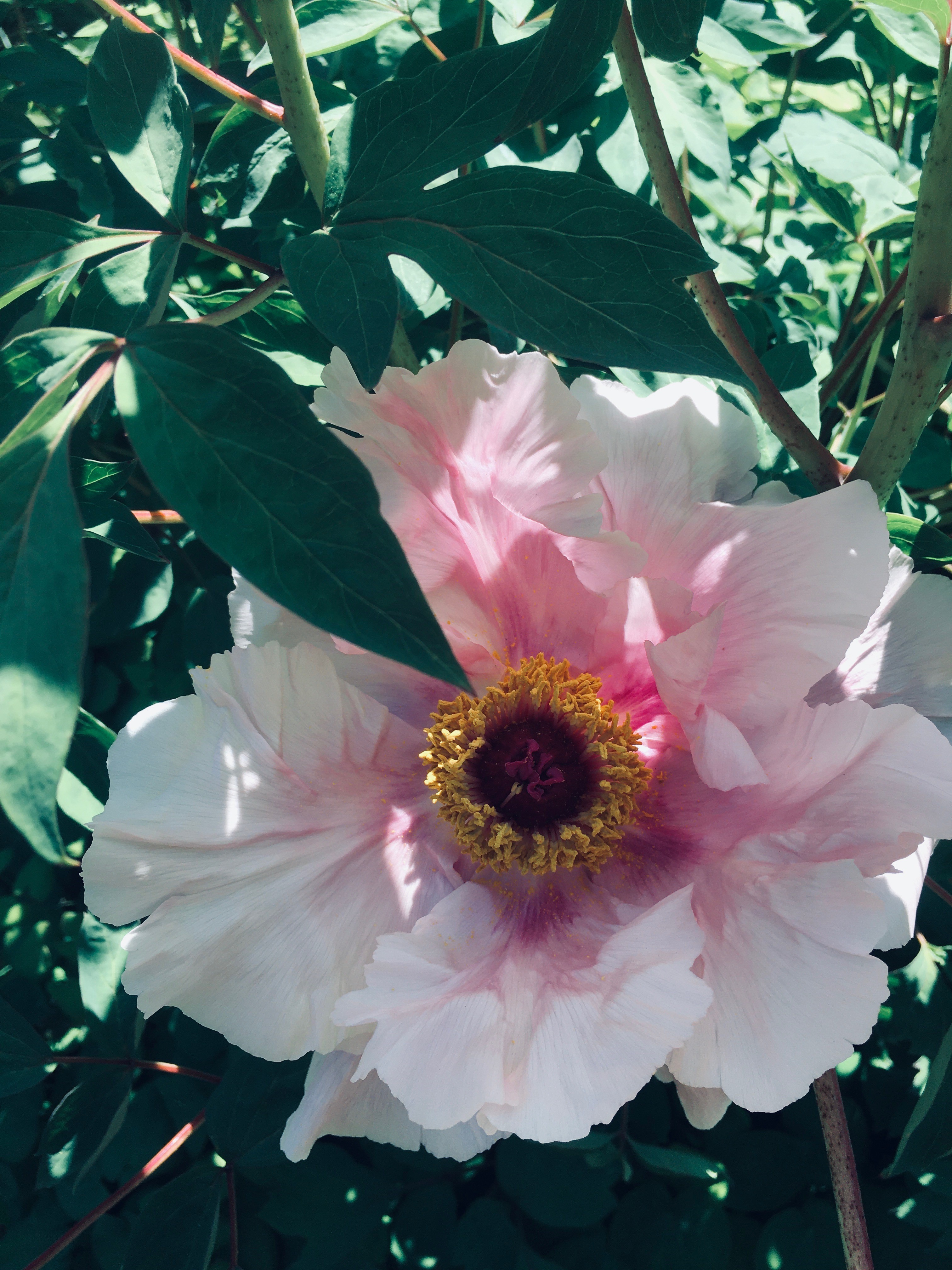
Paeonia 'Tama Fuyo'
The most compelling gardens are often made so by a combination of stunning design, a strong sense of place, a unique combination of structures and vistas, and a framework of plants that bring everchanging elements throughout the year and over time. Inevitably, each is more interesting when the stories surrounding its evolution, its people and designers, and histories of the plants themselves are brought to life. Preserving these stories, passing them from one generation to the next, or one owner to the next, may not seem important to the average person as they toil to form their gardens, yet those records might someday hold the key to a deeper understanding of horticultural traditions and impacts in the region and provide context for research and restorations. Many of us can relate to examples on a personal level as we pass along plants with stories and sources from our own gardens. Whenever I share divisions of certain Epimediums I share that they originated with ‘The Epimedium Queen,’ Karen Perkins, or if I pass along a division of our native ginger (Asarum canadense) I happily share that all of those in my garden are the offspring of one received when I was a wee intern at Garden in the Woods. After more than a quarter century in my current garden the details of provenance and the dates of acquisition for many plants has faded. Looking back through my plant records brings a flood of memories of friends and colleagues, specialty nurseries that have come and gone, and failed plant trials long forgotten.
%20handwriting%20(3)-jpg.png)
Marjorie Sedwick's Tree Peony Journal (The Trustees, Archive and Research Center, Sharon, MA)
Many of us have also benefitted from the preservation of records and stories as we enjoy public gardens and learn about their histories and plant collections. Here in Massachusetts, avid gardeners like Mabel Choate at Naumkeag; Eleanor Cabot Bradley at Cherry Hill in Canton (now the Eleanor Cabot Bradley Estate); Mabel and Marjorie Sedgwick at Long Hill in Beverly; or Helen and John Coolidge at Ashdale Farm in North Andover (now Stevens Coolidge House and Garden) kept daily dairies and wrote letters to friends and colleagues as a routine part of life. In them they recorded social events, travels, a glimpse of political and social conditions, the transactions of daily life and the pleasures of their pastimes including designing and enhancing their homes and gardens. The notes about their gardens were sometimes incidental to other events—the visits from friends and family, trips abroad—but provide an important picture of the changes within each garden and the forces that influenced them. Household records ranging from contracts to invoices and receipts help piece together the evolution of a garden, the specifics about plants including their origins, and the popular trends of the day. These, coupled with photographs, sometimes donated by families and friends, help us see the change over time and provide us with rich trove of materials for deeper investigations and scholarly study. The Trustees, now the steward of these and other notable gardens across Massachusetts, are fortunate to hold many of these documents at a state-of-the-art Archive and Research Center in Sharon, MA. Other organizations like the Massachusetts and Worcester County Horticultural Societies kept annual transactions—recording details like entries at flower shows—which now shed light on varieties and cultivars popular throughout their histories. Cultivars of apples, for example, can be traced back to their first introduction through these shows. Today, these rich resources help those stewarding historic landscapes and significant plant collections make informed decision about change, cultivar preservation, and interpretation.
At The Trustees, the rich archive of historic material associated with their eleven public gardens has yielded historic plans which have informed garden restorations like those at Stevens Coolidge House and Gardens (SCHG). Here, Joseph Everett Chandler, a noted colonial revival architect, completed alterations to the main house and branched out into the surrounding landscape making suggestions for alterations to the Perennial Garden, and designing the Rose and French Gardens. Plans for the French Garden at SCHG, complete with Chandler’s thoughts on seasonal plantings, were invaluable to volunteers and staff in restoring the garden in 1999 after it had been simplified in the 1970s. On this same site, the Louisa Bancroft Stevens’ plans for the perennial garden designed for Gertrude Kunhardt in 1907 were used to restore the bed’s proportions and inform plant choices when this garden was renovated in 2013. Today Trustees staff are sorting through historic photographs, diary entries, plant invoices, and receipts from the Coolidge’s, as well as the handwritten plant lists of The Trustees stewards who rejuvenated the Rose Garden plantings periodically between 1990 and 2018. These records will help us make informed choices on the collection in the 1920s Rose Garden, which won a silver medal from The Massachusetts Horticultural Society in 1935.
At Long Hill in Beverly, Living Collections Fellow Robin Karoway-Waterhouse has mined both historic records in the archive and contemporary plant records kept by staff horticulturist Dan Bouchard to give us an accurate picture of the existing living collection on this historic site. From these records we know that the allee of crabapples along the entry drive came as a bundle of seedlings from Karl Sax’s breeding program at the Arnold Arboretum and were added by Marjorie after 1939. We know that the massive Copper Beech outside the front door of the main house was planted in 1917 before the house was constructed. We can see that Marjorie moved the beautiful tree peony ‘Tama Fuyo’ (see photos) which still exists in the garden today, from one location to another in 1948, again in 1969, and to its current spot in the fall of 1972. We also know that a rare cultivar of Higan cherry (Prunus X subhirtella ‘Fukubana’) still exists in the garden and is a priority for propagation and preservation. These documents help us not only tell wonderful stories which bring the gardens to life and inspire awe but help us set management priorities and make thoughtful decisions on additions and alterations to the landscape.
Together the plants in these gardens, and other public gardens in the region, create a resource brimming with learning opportunities. The records surrounding them document rare cultivars, help tell the story of plant introductions and horticultural experimentation and have the capacity to help us understand the impact of climate and site conditions on plants across the region. Preserving these records is one of the hallmarks that defines a public garden, and is a gift we give to future generations. Most public gardens use a modern, digital collections management system, such as BG-Base or Iris-BG, or one specifically designed for the organization, as a sort of modern-day, in-depth garden journal to record the specifics of a collection and allow for sharing information across institutions with relative ease. Historic documents and photographs from the past can be scanned and preserved in electronic format and attached to accession records in the collection management system, keeping as much information as possible in this single location.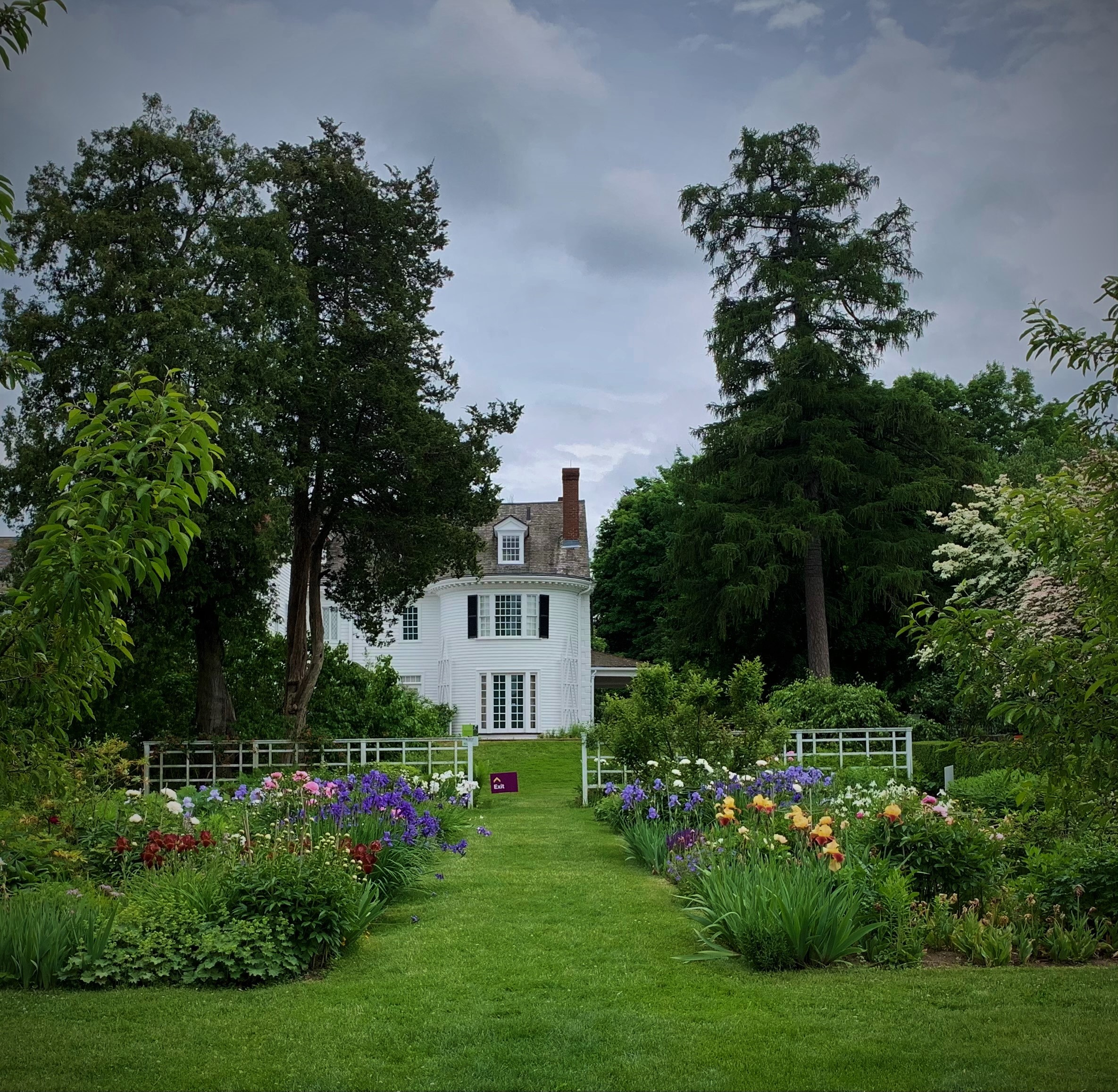
The Perennial Garden, Stevens Coolidge House and Garden, North Andover
So, as you shape your personal landscape, whether with a fashionable designer or doing it yourself, make note of the process, hold on to those receipts, take plentiful photographs and preserve the evolution. Who knows, this documentation may simply serve as a joyful reminder to you as the garden evolves—or it might be the key that unlocks an important story in the future!

